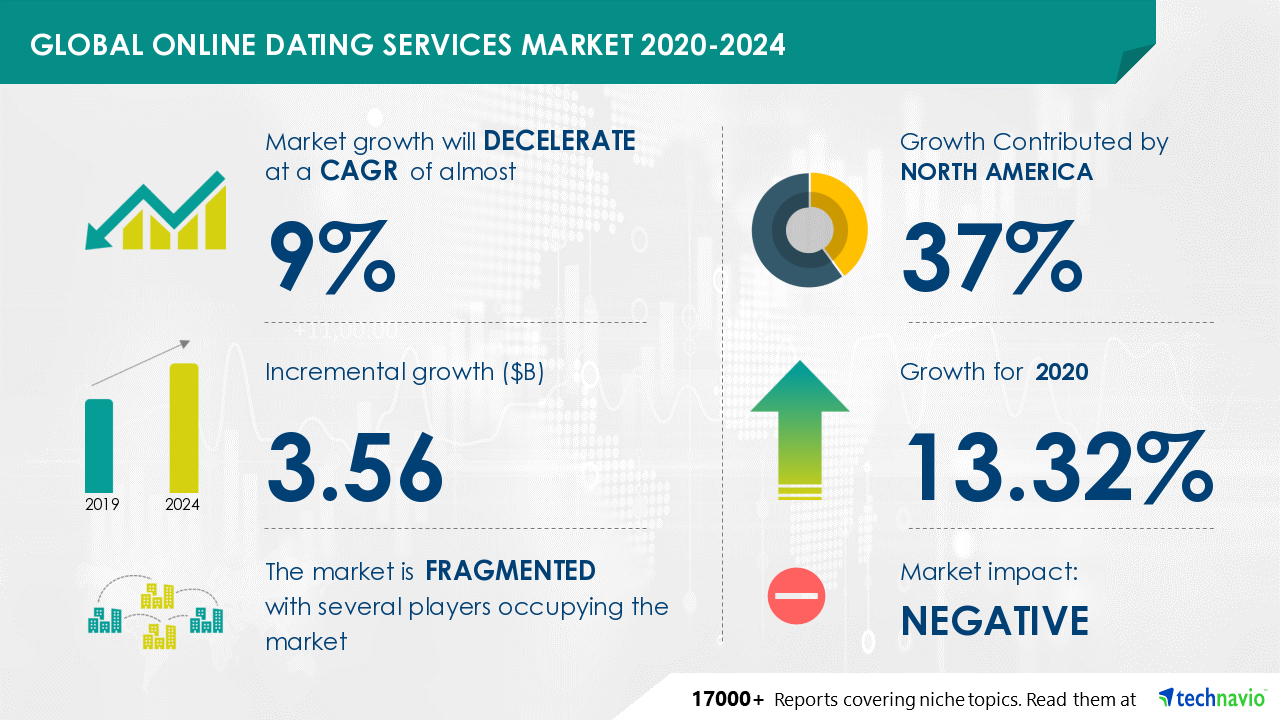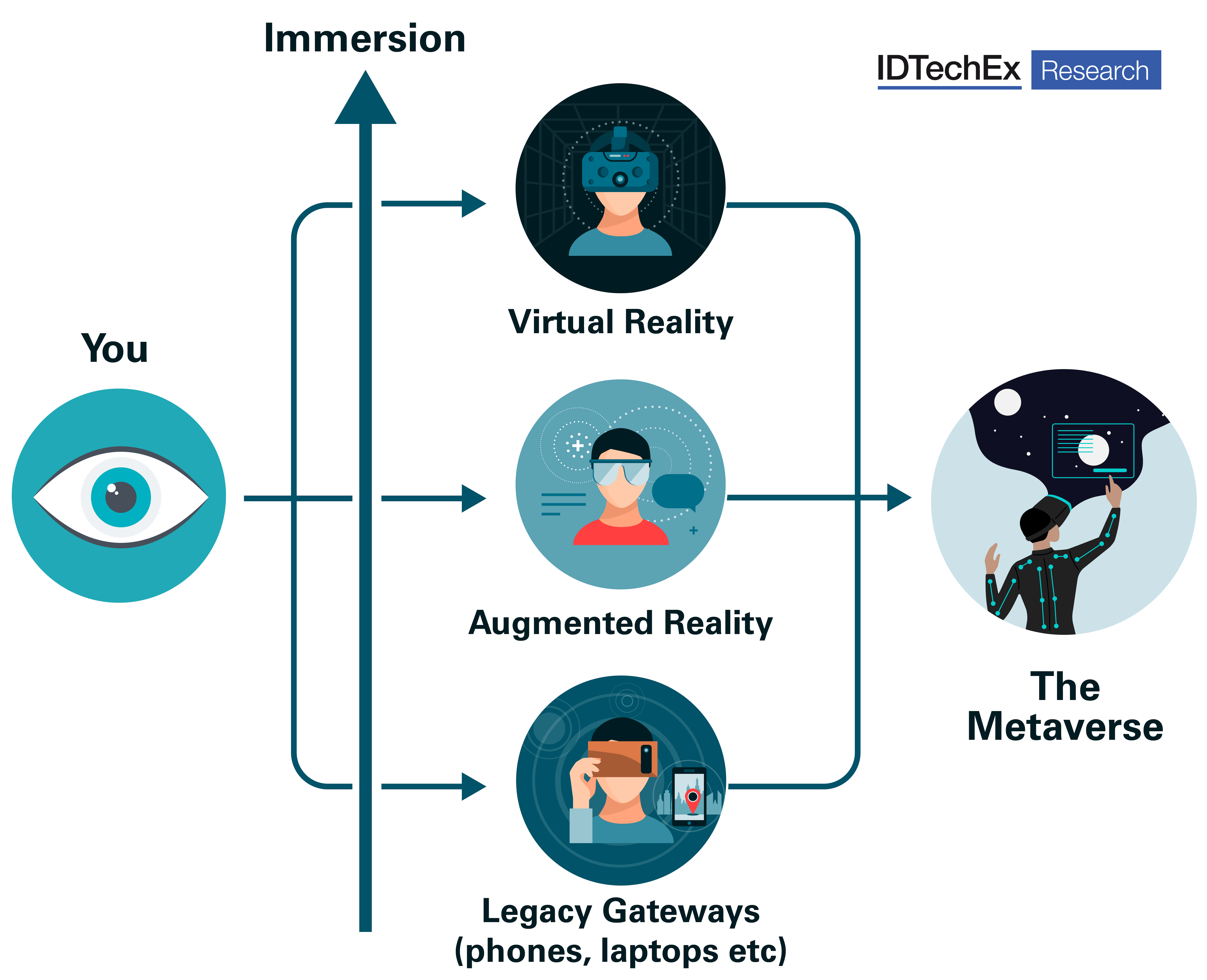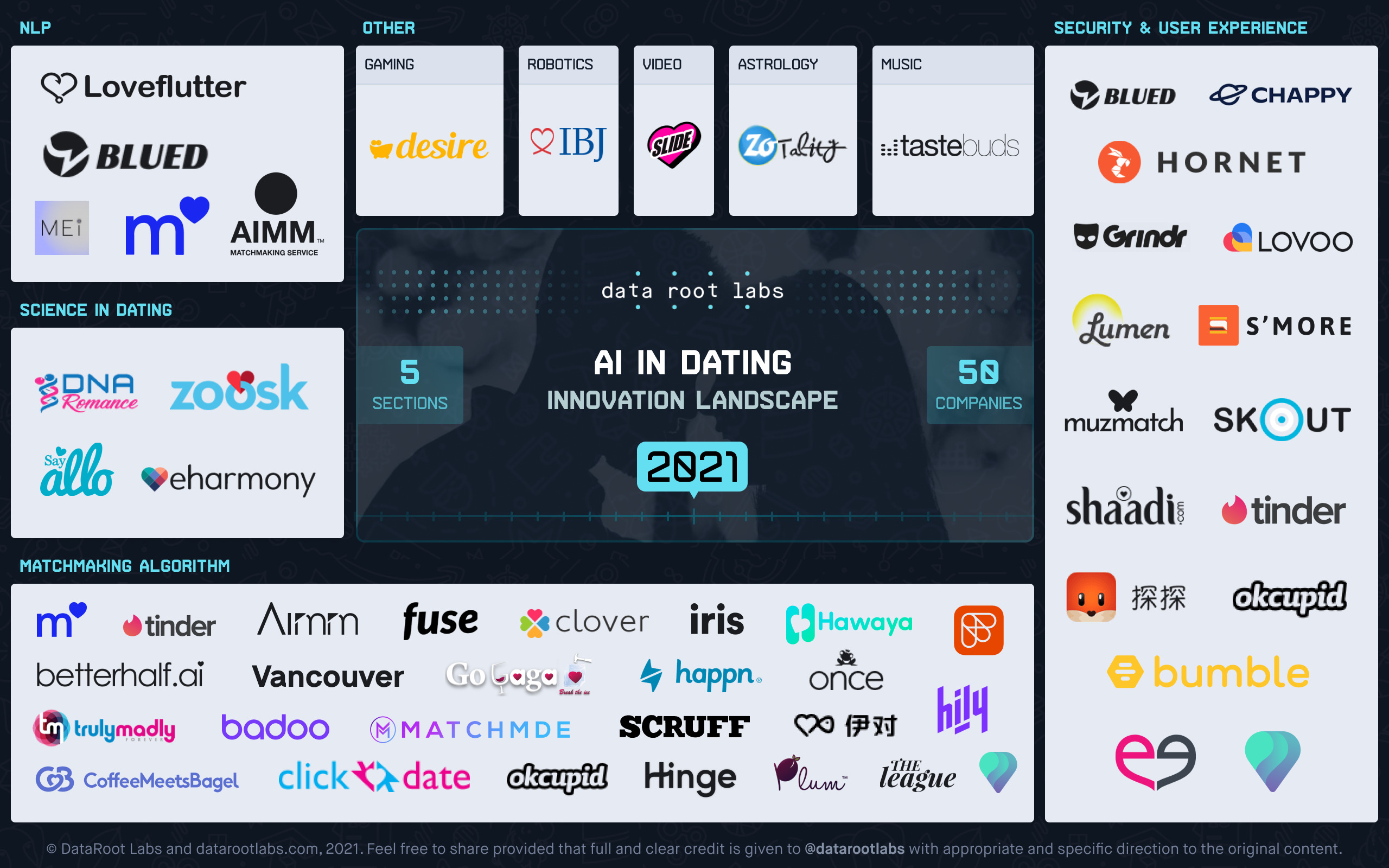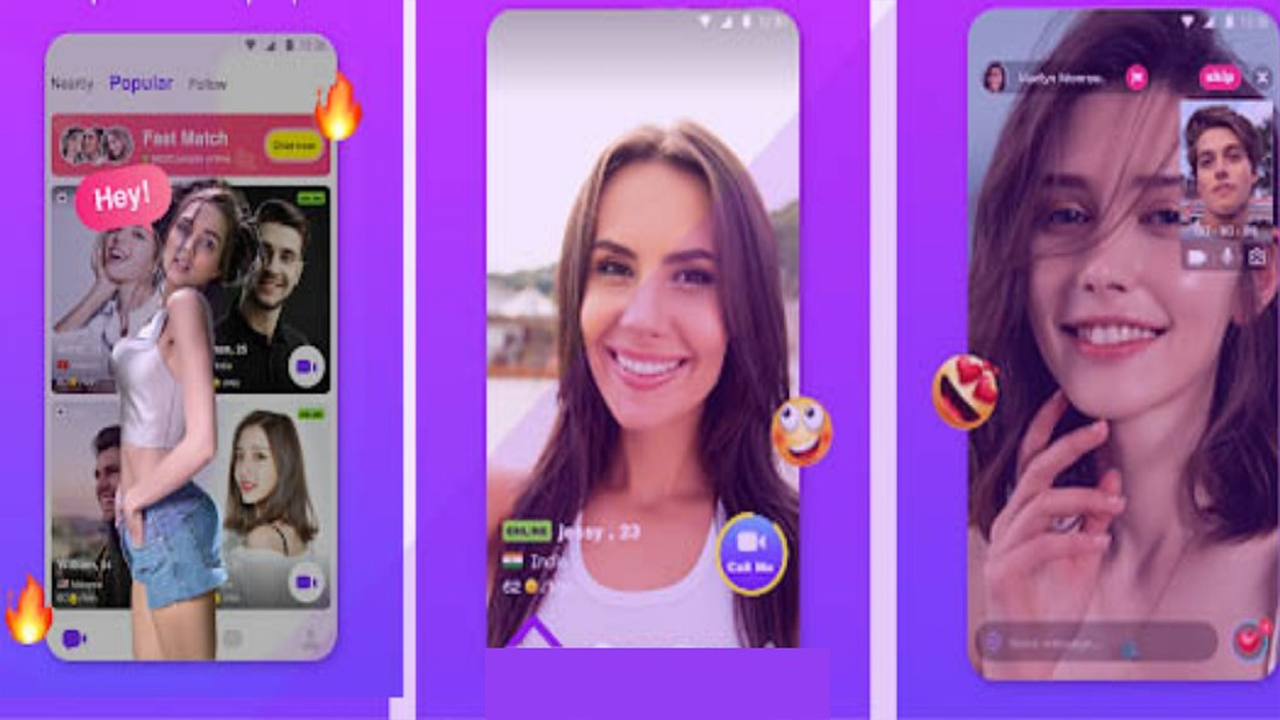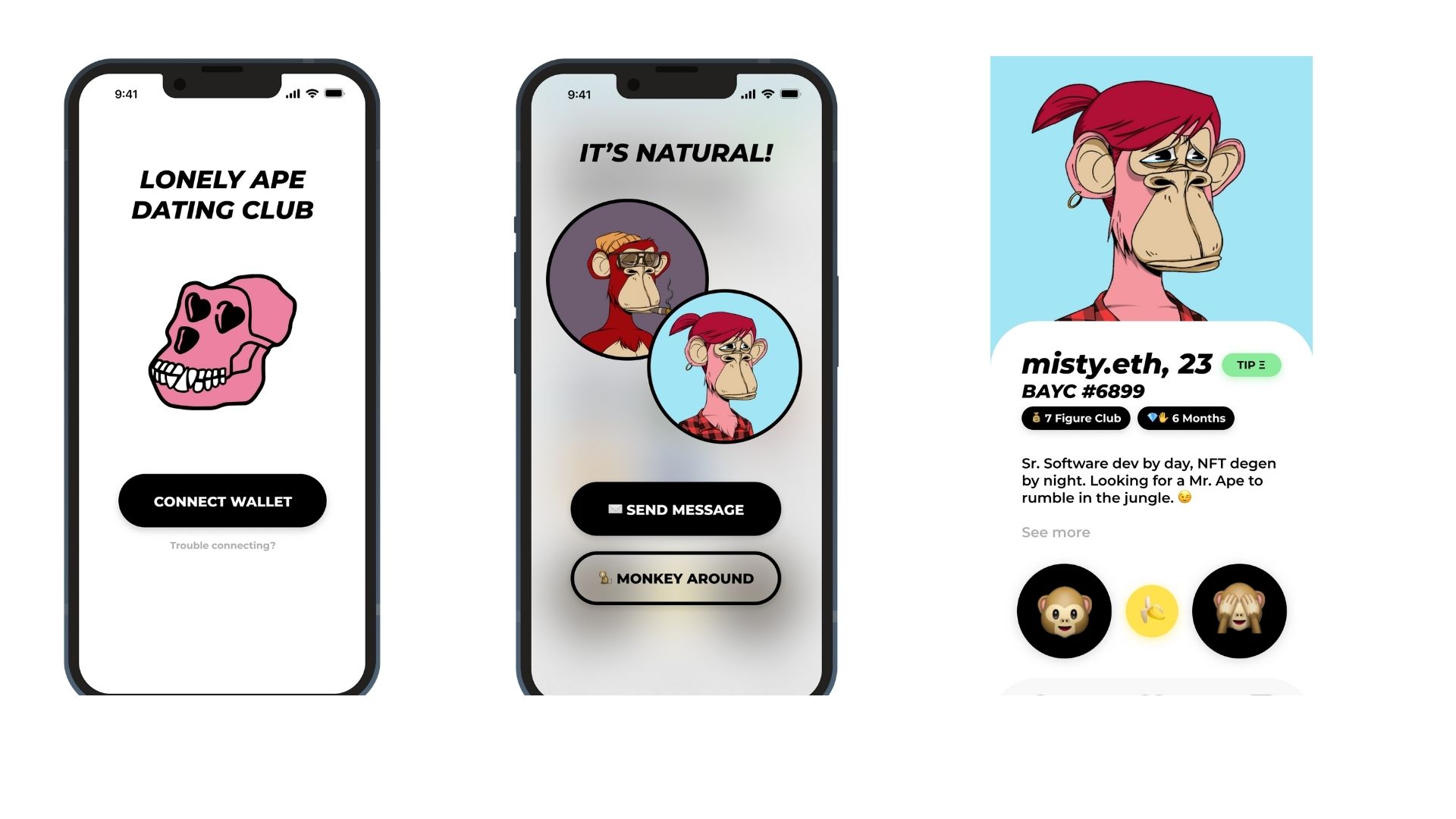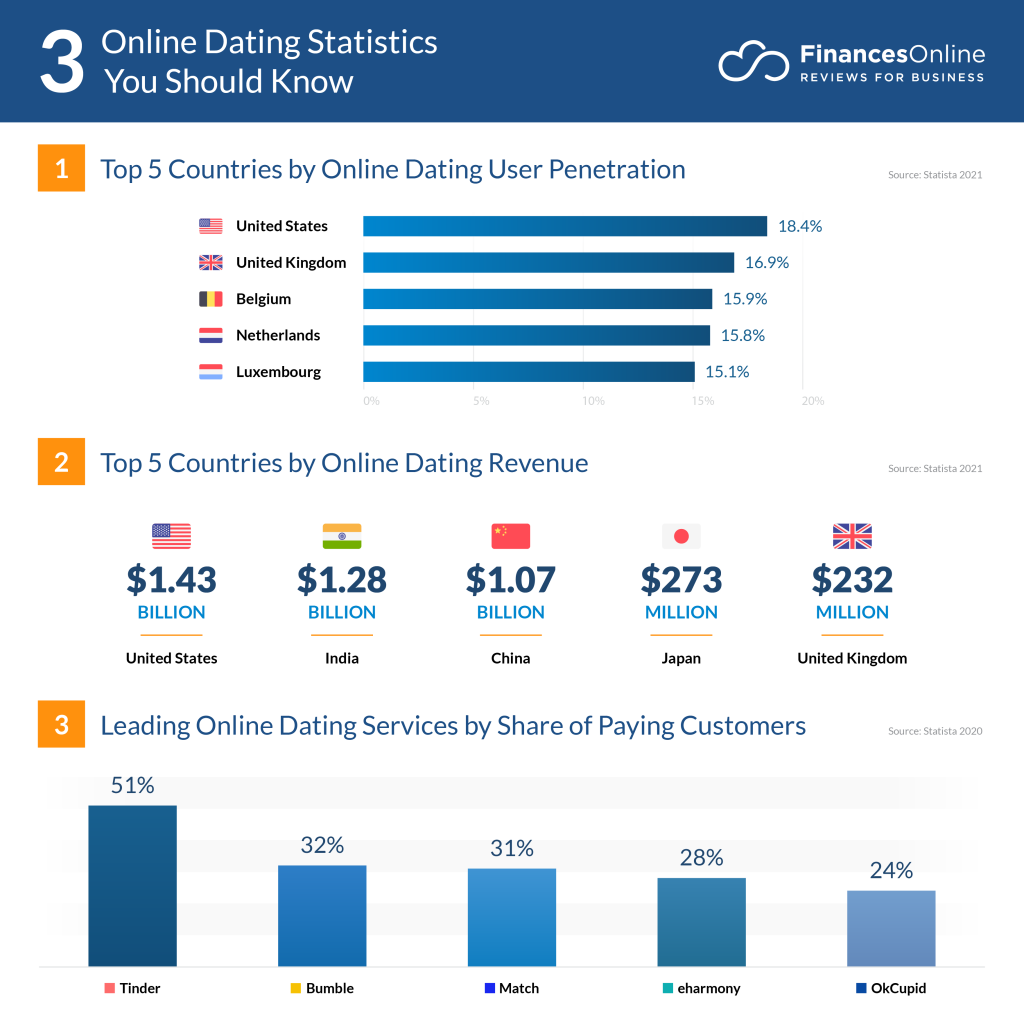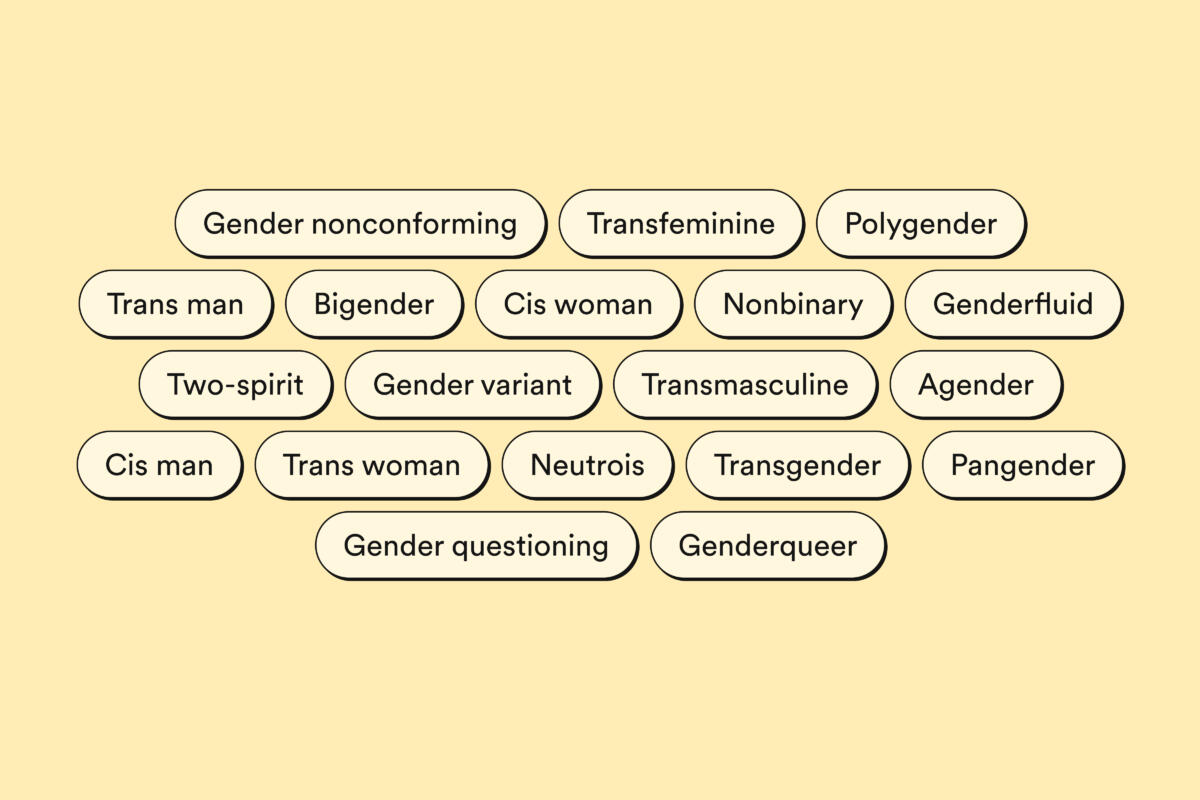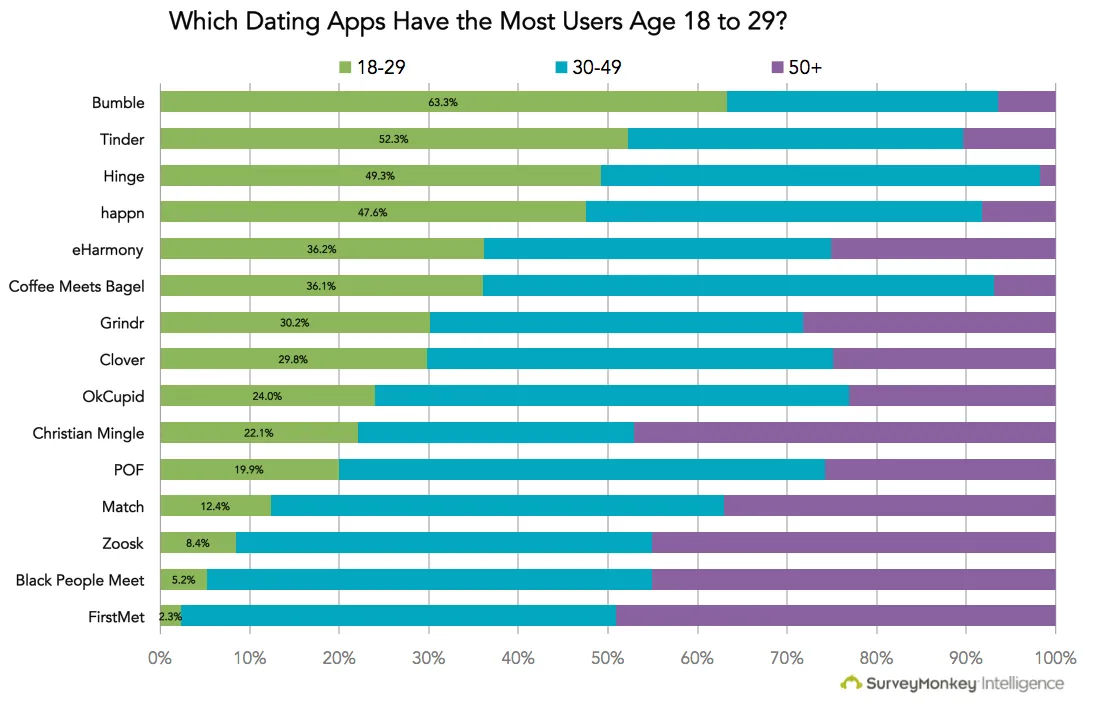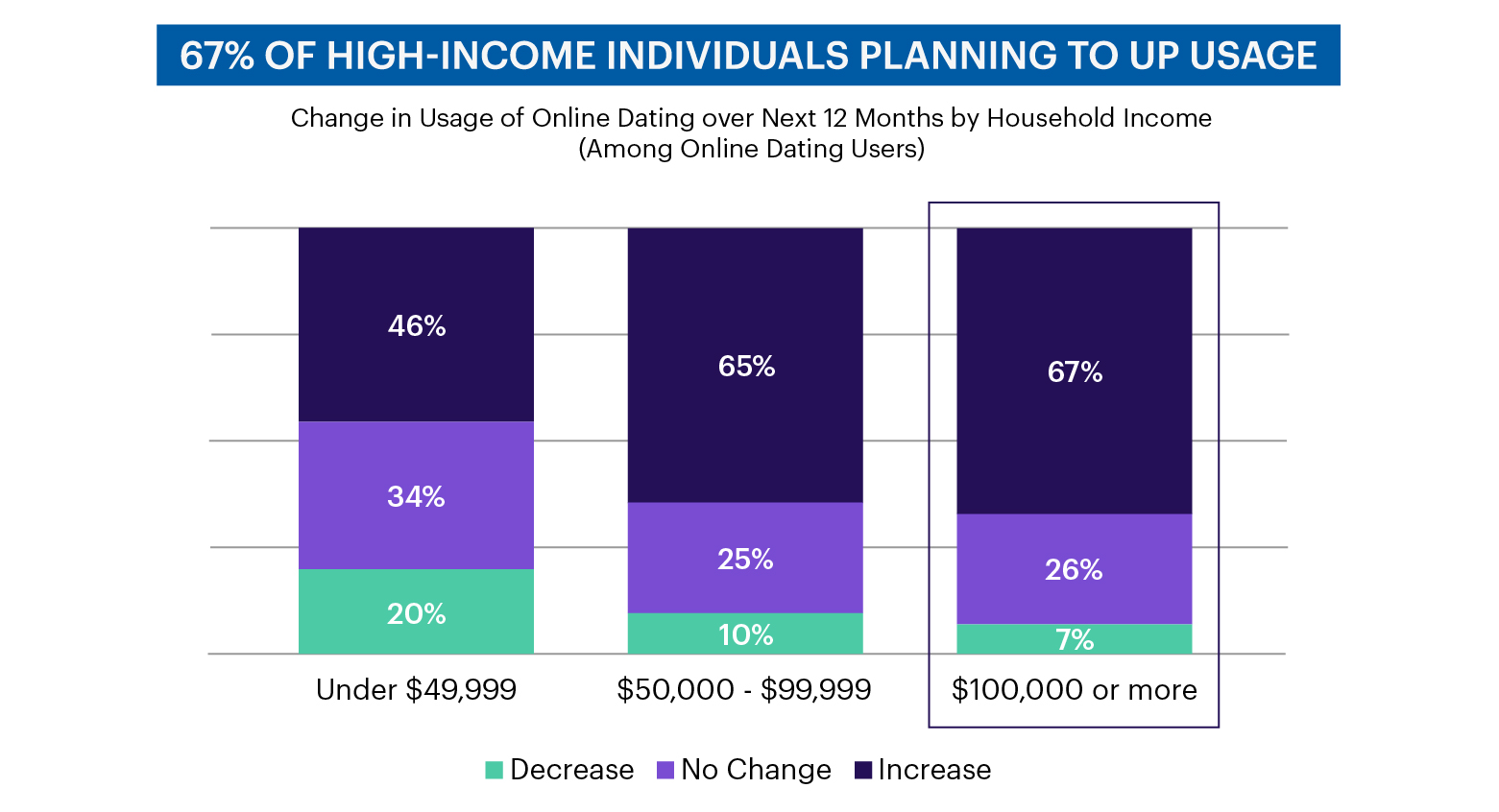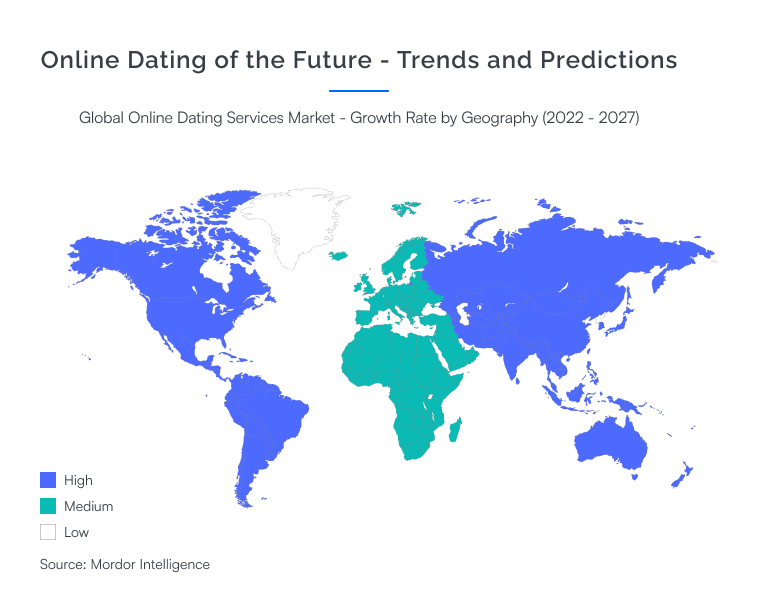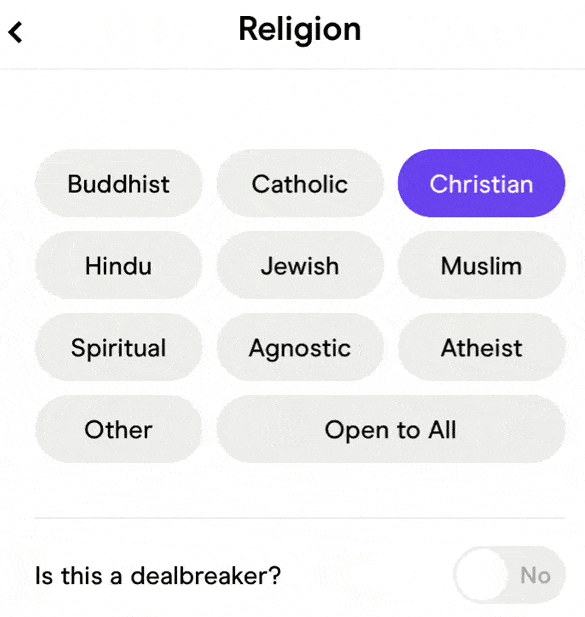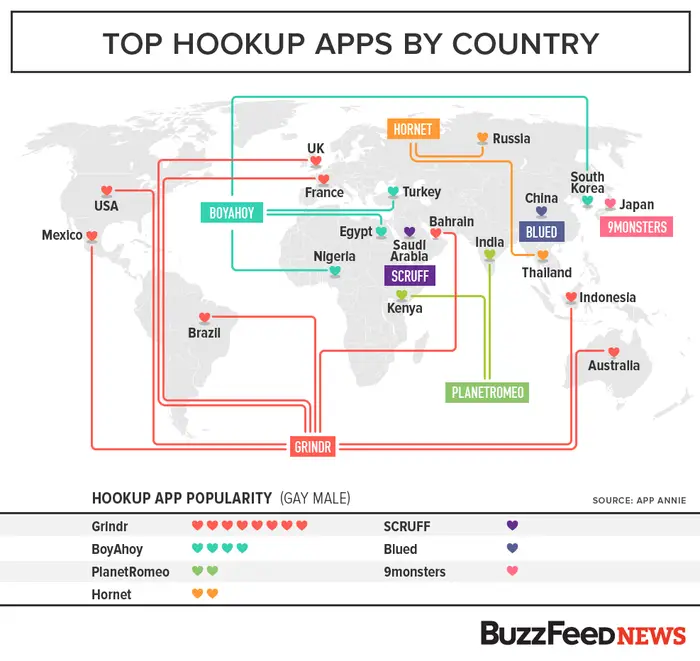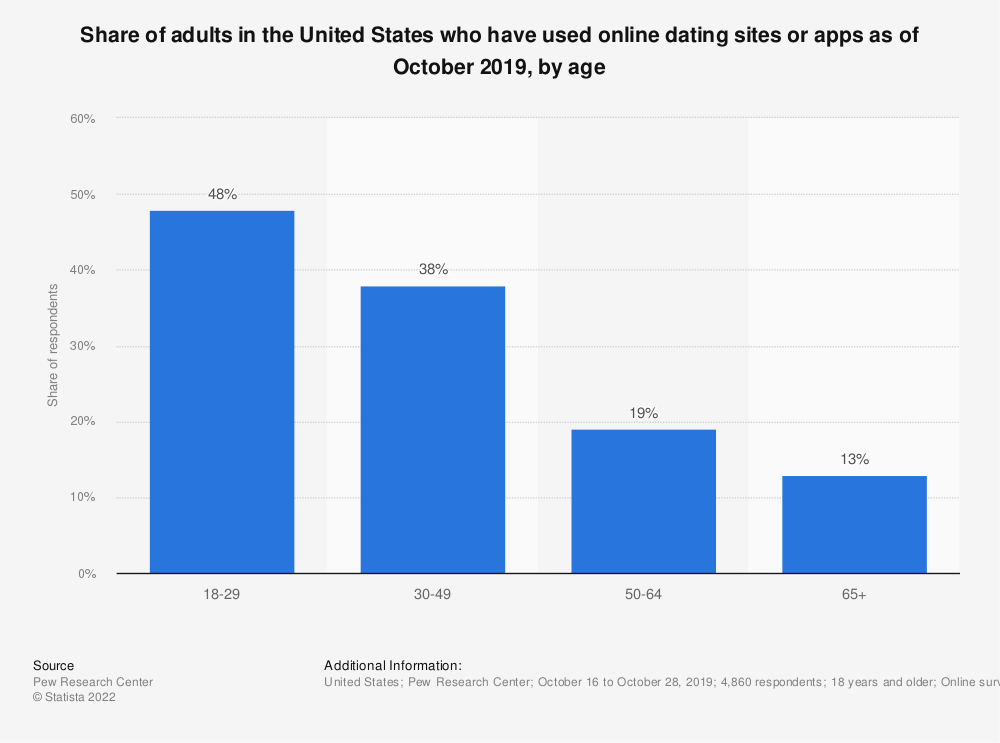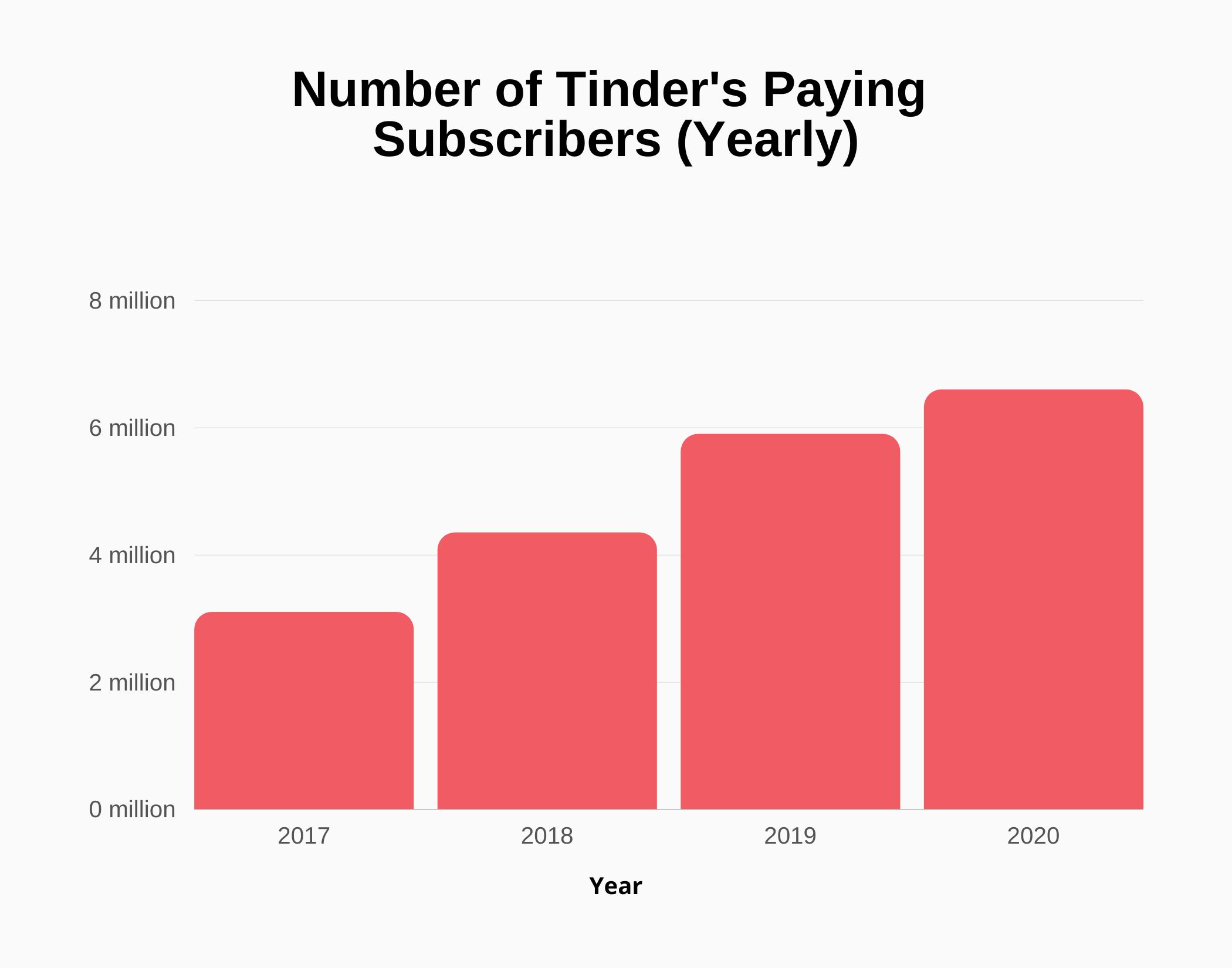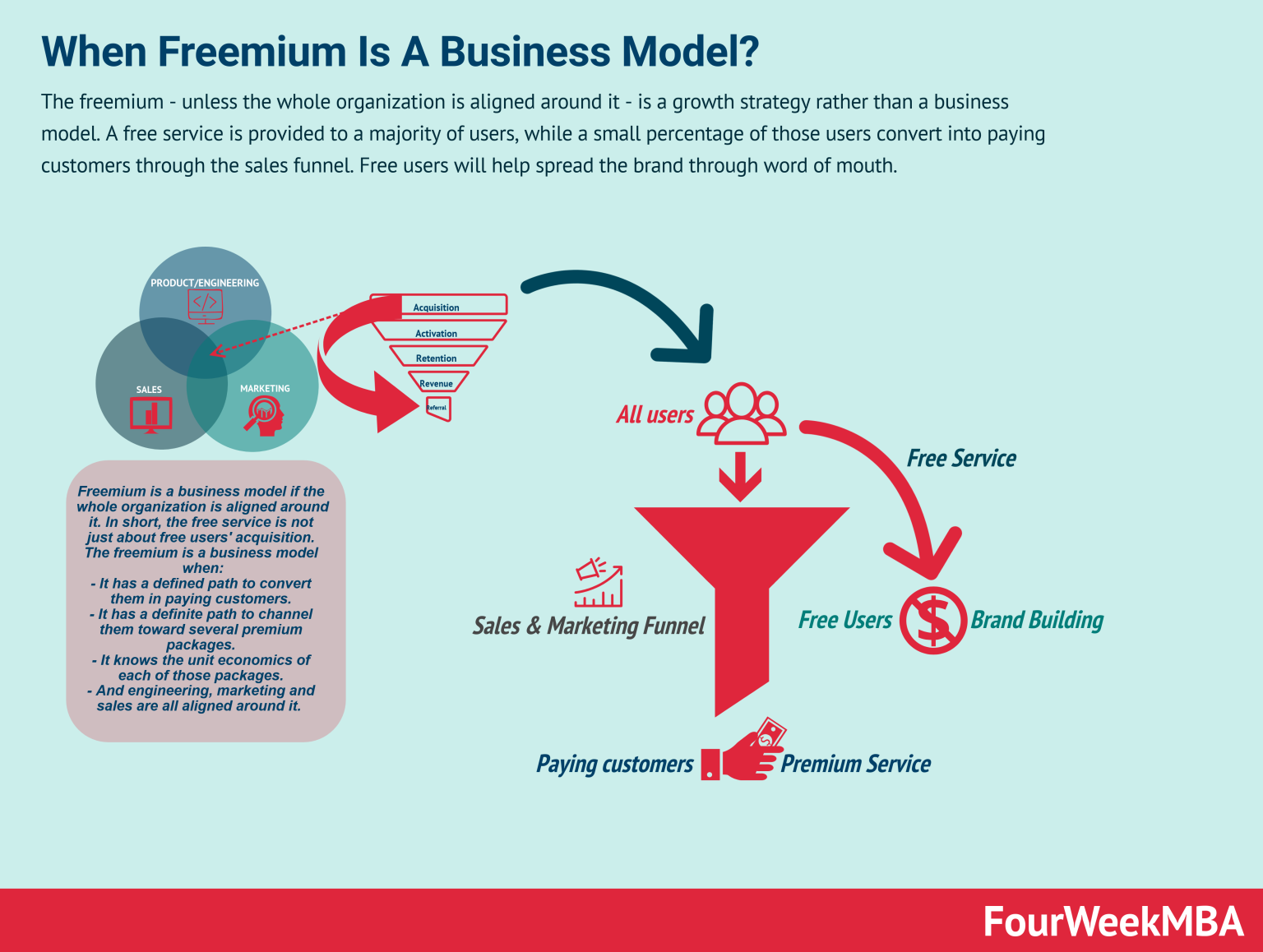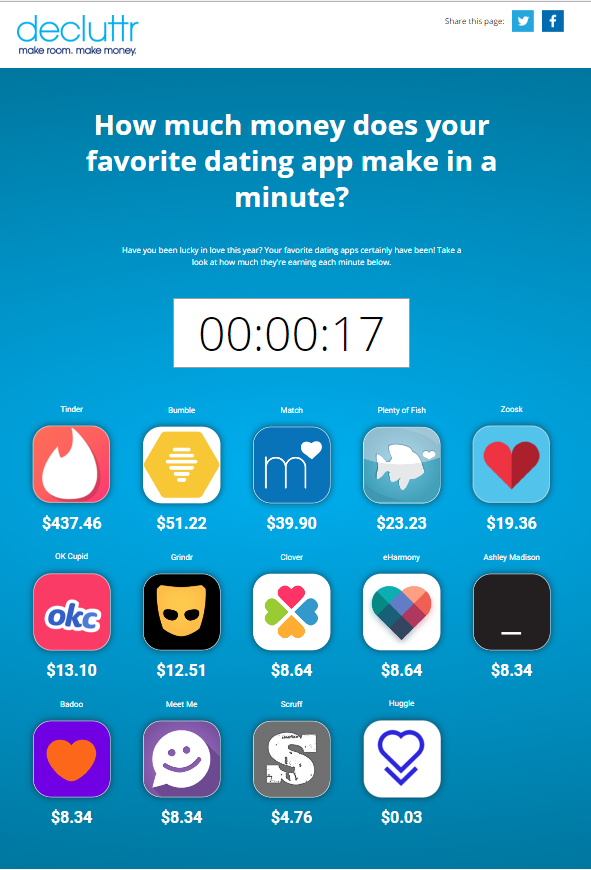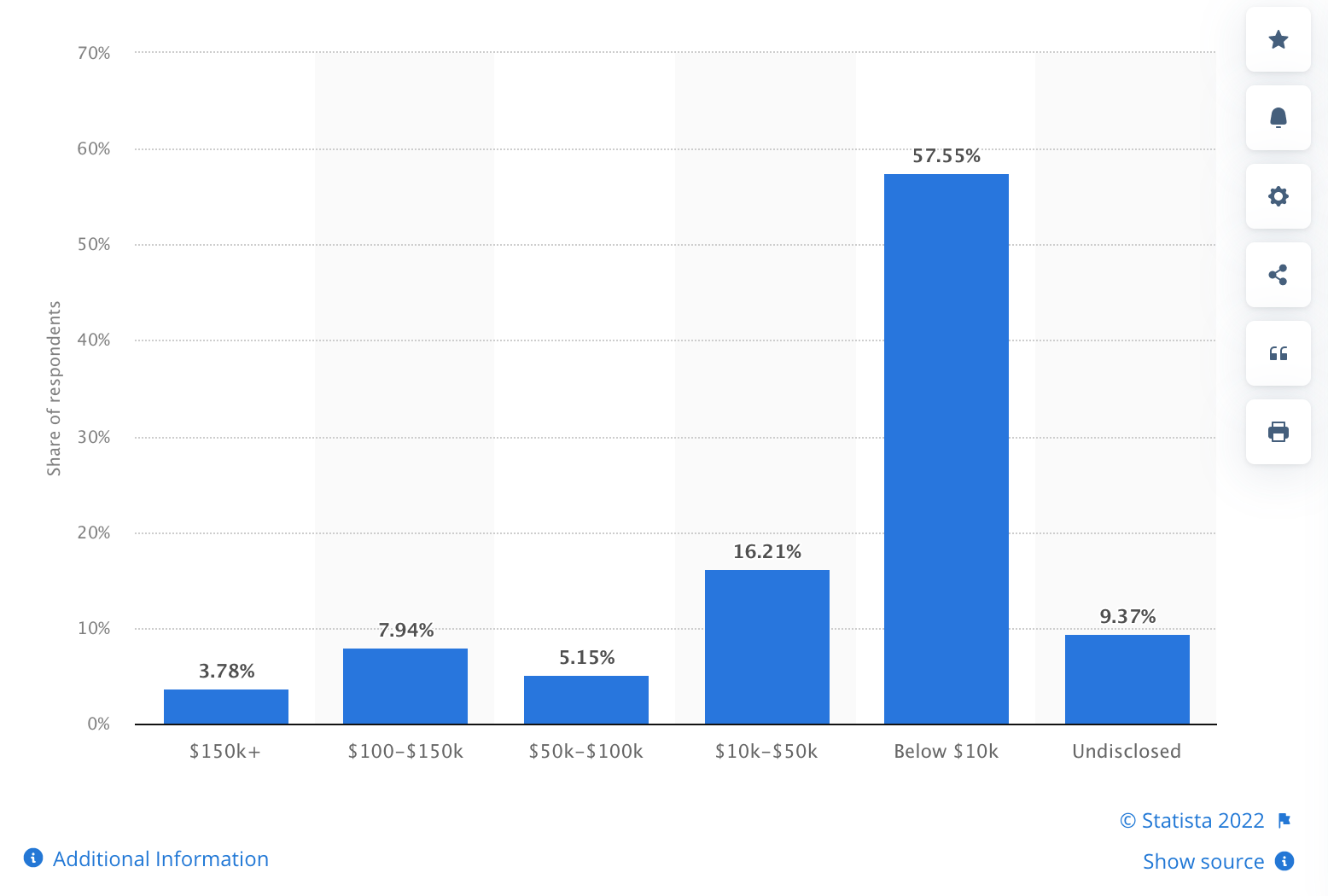Dating Site Market Analysis: Trends and Opportunities
Online dating has become an increasingly popular way to find love and connect with others. As a result, the dating site market has grown rapidly in recent years, with a wide range of platforms catering to different interests and demographics. This article will provide an in-depth dating site market analysis, focusing on current trends and opportunities for growth.
In this article, you’ll learn:
- State of the Market: An Overview
- Emerging Technologies: What’s New in the Industry?
- Demographics and Target Markets: Who Uses Dating Sites?
- Popular Dating Site Niches: Opportunities for Growth
- Revenue Models: How Dating Sites Make Money
- Challenges and Future Outlook: What’s Next for the Industry?
State of the Market: An Overview
Are you curious about the current state of the dating site market? If so, you’re not alone. The online dating industry has undergone significant growth and transformation in recent years, with new players entering the market and existing companies adapting to changing trends and consumer needs.
Dating sites have become increasingly popular in recent years, with millions of people around the world using them to find love and companionship. With the proliferation of smartphones and social media, the industry has exploded, and it’s now estimated to be worth billions of dollars worldwide. However, as the market has grown, so has the competition, and companies are constantly looking for new ways to differentiate themselves and stay ahead of the curve.
Market Size and Growth
According to recent data, the global online dating market was valued at $6.69 billion in 2020 and is expected to reach $9.20 billion by 2025, representing a compound annual growth rate (CAGR) of 6.0% during the forecast period. This growth is being driven by a number of factors, including the increasing use of smartphones and the rise of social media, which have made it easier than ever for people to connect with others online.
Key Trends in the Industry
One of the most significant trends in the dating site market is the increasing use of niche dating sites, which cater to specific interests or demographics. For example, there are dating sites for pet lovers, gamers, and people with specific religious beliefs. This trend reflects a growing demand for more personalized and targeted dating experiences.
Another important trend in the industry is the rise of mobile dating apps, which have become increasingly popular among younger users. Apps like Tinder, Bumble, and Hinge have revolutionized the way people date, allowing them to quickly and easily connect with potential partners on the go.
Challenges Facing the Market
Despite the growth and innovation in the dating site market, there are several challenges that companies face. One of the biggest is the issue of trust, with many users concerned about the safety of online dating and the risk of fraud or catfishing. To address this, companies have implemented a range of measures, such as identity verification and background checks, to help users feel more secure.
The dating site market is a dynamic and rapidly evolving industry, with new trends and technologies emerging all the time. As the market continues to grow, it’s likely that we’ll see more niche dating sites and mobile apps, as well as continued efforts to improve user safety and build trust. If you’re thinking of joining the online dating world, now is a great time to do so, with more options than ever before for finding the perfect match.
Emerging Technologies: What’s New in the Industry?
One of the most significant trends in the dating site market is the rise of mobile dating apps. Apps like Tinder, Bumble, and Hinge have revolutionized the way people date, with swiping interfaces and algorithms that connect users based on shared interests and location.
Other emerging technologies include virtual reality and augmented reality dating experiences, which allow users to interact with potential matches in immersive virtual environments. Blockchain technology is also being explored as a way to enhance security and privacy on dating sites.
Overall, you can say that there’re 5 macro technologies emerging in online dating:
- Artificial Intelligence (AI) and Machine Learning
- Virtual and Augmented Reality
- Video Chat and Live Streaming
- Wearable Technology
- Blockchain
Artificial Intelligence (AI) and Machine Learning:
AI and machine learning technologies are rapidly transforming the dating site market by providing more accurate and personalized matches for users. These technologies analyze user data to identify patterns and preferences and use that information to suggest compatible matches. Some dating sites are even using facial recognition technology to help users find matches based on physical appearance.
How do AI and machine learning technologies work in the dating site market? AI and machine learning technologies analyze user data to identify patterns and preferences and use that information to suggest compatible matches.
Virtual and Augmented Reality:
Virtual and augmented reality technologies are also making their way into the dating site market. These technologies provide users with immersive and interactive experiences, allowing them to virtually “meet” and interact with potential matches in a variety of settings. For example, users can explore virtual environments like restaurants, museums, and even beaches, creating a more realistic and engaging experience.
What are some examples of virtual and augmented reality technologies in the dating site market? Virtual and augmented reality technologies allow users to explore virtual environments and interact with potential matches in more realistic and engaging ways.
Video Chat and Live Streaming:
Video chat and live streaming technologies are becoming increasingly popular in the dating site market, allowing users to interact in real-time and build deeper connections. Some dating sites are even hosting virtual speed dating events, which allow users to quickly meet and interact with multiple potential matches in a single session.
How do video chat and live streaming technologies work in the dating site market? Video chat and live streaming technologies allow users to interact in real-time and build deeper connections, including virtual speed dating events.
Wearable Technology:
Wearable technology is another emerging trend in the dating site market, with some sites using devices like smartwatches and fitness trackers to track user behavior and suggest compatible matches. For example, a dating site could suggest matches between users who share similar fitness routines or who prefer to exercise at similar times of day.
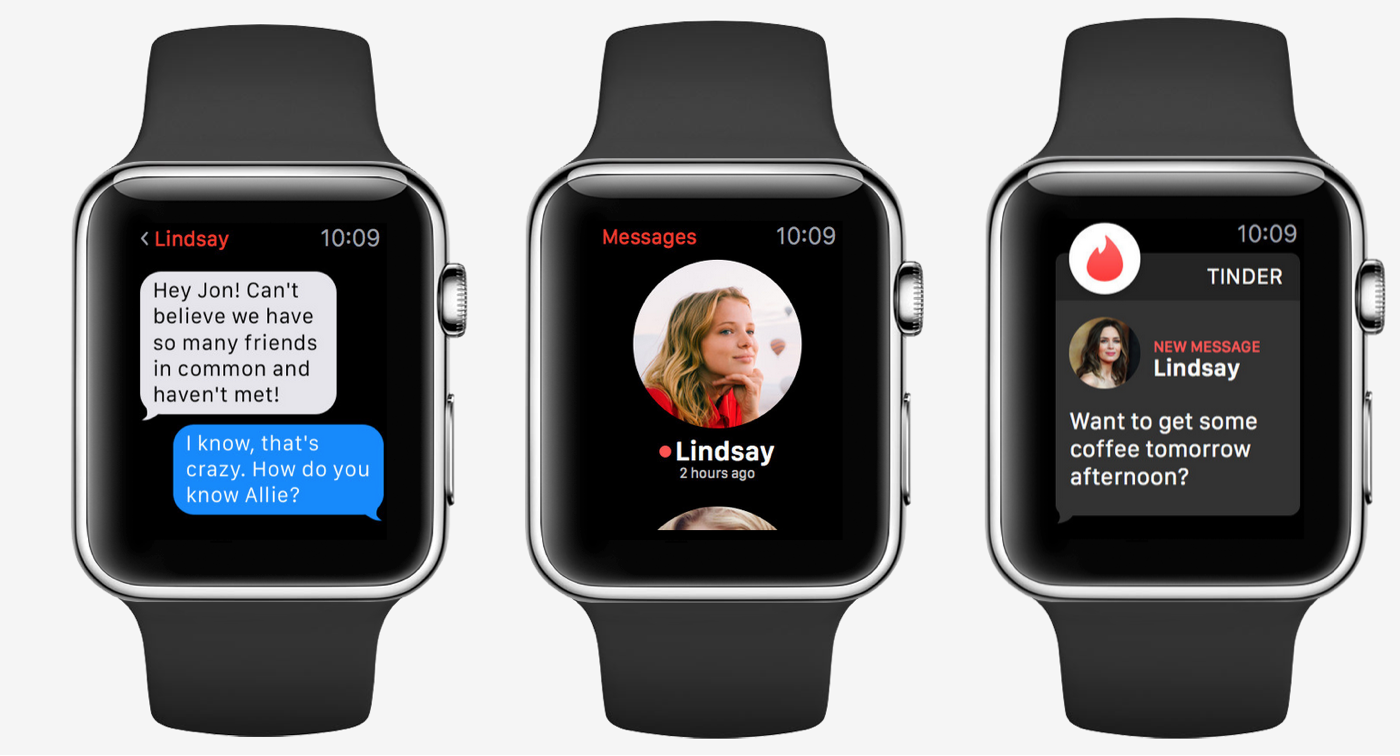
The most obvious choice is smart watches, but there are so much more wearable devices available for dating
Blockchain:
Blockchain technology is also being explored in the dating site market as a way to increase user security and privacy. By using decentralized databases and encryption, dating sites can protect user data and prevent fraud and other types of online scams.
The dating site market is rapidly evolving, and emerging technologies are playing a significant role in shaping its future. By embracing these new technologies, dating sites can offer users more personalized and engaging experiences, build deeper connections, and improve user security and privacy. As the industry continues to evolve, it will be fascinating to see what new technologies emerge and how they will shape the dating site market of the future.
Demographics and Target Markets: Who Uses Dating Sites?
Dating sites cater to a wide range of demographics and interests, from young adults looking for casual relationships to seniors seeking long-term companionship. In general, the most active users of dating sites are people between the ages of 18 and 34, with a slight majority of female users.
Dating sites also target specific interest groups, such as people with shared religious or cultural backgrounds, or those looking for same-sex relationships. This allows dating sites to provide more personalized experiences for users and build strong brand loyalty.
With the rise of dating apps and websites, people from all walks of life are able to connect with others who share similar interests, values, and goals. However, not all dating sites cater to the same audience, and it’s important for users and developers to understand the demographics and target markets of each platform.
- Gender and Sexual Orientation
- Age
- Education and Income
- Location
- Niche Dating Sites
- Online Dating and COVID-19
Gender and Sexual Orientation
Dating sites have become more inclusive in recent years, with many platforms catering to different genders and sexual orientations. For example, apps like HER, Grindr, and Scruff are designed for LGBTQ+ individuals, while Bumble and OkCupid allow users to select their gender identity and preferred pronouns. Overall, dating sites tend to have more female users than male users, with a 60/40 split on average.
Age
The age of users on dating sites can vary greatly depending on the platform. Some sites, like Tinder, are popular among younger adults, while others, like eHarmony, have a higher concentration of older users. According to a study by Pew Research Center, 30% of U.S. adults between the ages of 18 and 29 have used online dating, while only 12% of those aged 55 to 64 have used dating sites.
Education and Income
Users of dating sites tend to be well-educated and have higher incomes than non-users. A study by eHarmony found that 43% of its users had a college degree, compared to 28% of the general population. Additionally, the same study found that 70% of eHarmony users had an annual income of $50,000 or more.
Location
Location is an important factor in the demographics of dating site users. Urban areas tend to have a higher concentration of online daters, as do regions with a higher population density. Additionally, users in certain regions may be more likely to use niche dating sites, such as those for specific religions or cultural groups.
Niche Dating Sites
Niche dating sites are becoming increasingly popular as a way for users to find partners who share similar interests, backgrounds, or values. Some popular niche dating sites include Christian Mingle, JDate, and Farmers Only. These sites allow users to filter potential partners based on specific criteria, such as religion, occupation, or lifestyle.
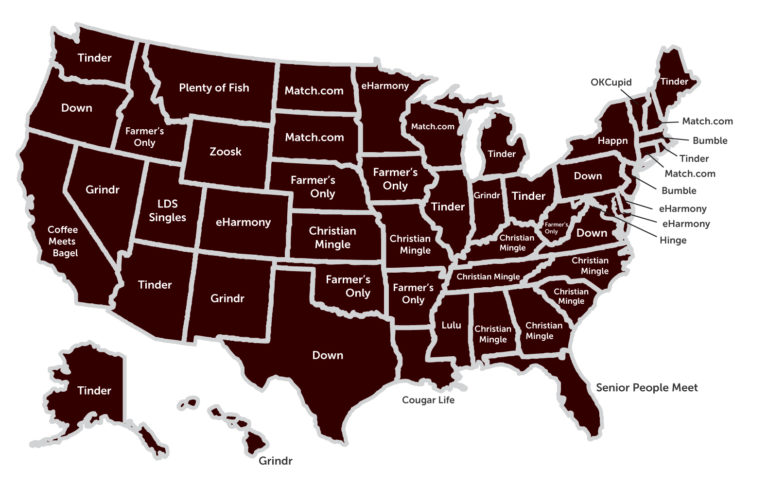
Example of Google Trends data on dating platforms that had statistically significant popularity in each state
Online Dating and COVID-19
The COVID-19 pandemic has had a significant impact on the dating site market. With social distancing guidelines in place, many people turned to online dating as a way to connect with others. According to a survey by Dating.com, 82% of online daters said that they were more likely to try virtual dating during the pandemic. Additionally, many dating sites have introduced new features, such as video chat and virtual events, to cater to users during the pandemic.
Understanding the demographics and target markets of online daters is crucial for both users and developers of dating sites. While there are many commonalities among users, there are also important differences in terms of age, gender, location, and interests. By taking all of this into consideration, you’ll have a higher chance of succeding.
Popular Dating Site Niches: Opportunities for Growth
While there are many general dating sites on the market, there are also numerous niche sites that cater to specific interests or demographics. These include sites for people with specific hobbies, such as fitness or music, or those seeking arrangements with sugar daddies or sugar babies.
Other popular niches include sites for single parents, seniors, and people with disabilities. As the market becomes more saturated, these niche sites may provide new opportunities for growth and innovation.
By identifying and catering to a specific audience, dating sites can carve out a unique space in the market and establish a loyal user base. Let’s take a closer look at some of the most popular dating site niches.
Religious Dating Sites
Religious dating sites cater to individuals who want to meet potential partners who share their faith. These sites can target specific religions, such as Christian, Jewish, or Muslim, or they can cater to a broader religious audience. For example, sites like Christian Mingle, JDate, and Muslima.com are popular religious dating sites.
Religious dating sites have a built-in audience, making it easier to attract users than sites that target a broader audience. These sites can also benefit from a dedicated user base that is more likely to stay on the platform and refer others. Religious dating sites can expand their reach by targeting underserved religious groups or offering additional features that appeal to their user base, such as prayer forums or religious discussion groups.
LGBTQ+ Dating Sites
LGBTQ+ dating sites are a rapidly growing niche within the dating site market. These sites cater to individuals who identify as lesbian, gay, bisexual, transgender, or queer/questioning. Popular sites in this niche include Grindr, HER, and OkCupid.
LGBTQ+ dating sites can benefit from a large and diverse user base, as well as the ability to tailor their features and marketing to a specific audience. However, these sites must also compete with more mainstream dating sites that have begun to incorporate LGBTQ+ options. To stand out, LGBTQ+ dating sites can focus on providing a safe and inclusive space for users, offering features such as identity verification and community forums.
Age-Specific Dating Sites
Age-specific dating sites cater to individuals in a particular age range, such as seniors or young adults. These sites can be attractive to users who prefer to date within their age range or who are looking for partners with similar life experiences. Examples of age-specific dating sites include OurTime, which caters to seniors, and Coffee Meets Bagel, which targets young professionals.
Age-specific dating sites can benefit from a focused user base that is more likely to find matches within their age range. These sites can expand by targeting underserved age groups or offering unique features that cater to their user base. For example, a senior dating site could offer social events for users to meet in person, while a young adult dating site could incorporate career and education information into user profiles.
While the dating site market can be competitive, there are still opportunities for growth within specific niches. By identifying and targeting a specific audience, dating sites can establish a unique space in the market and attract a loyal user base. Whether you are interested in religious dating sites, LGBTQ+ dating sites, or age-specific dating sites, there is ample room for growth and innovation in the dating site market.
Revenue Models: How Dating Sites Make Money
Dating sites make money through a variety of revenue models, including subscriptions, advertising, and in-app purchases. Subscriptions are the most common revenue model, with users paying a monthly or yearly fee for access to premium features and services.
Advertising is another significant source of revenue for dating sites, with many platforms displaying ads from other companies or promoting their own products and services. In-app purchases, such as virtual gifts or premium profile features, are also a popular way for dating sites to generate revenue.
In this part, we’ll explore the different revenue models used by dating sites.
Subscription-based Revenue Model
One of the most popular revenue models used by dating sites is the subscription-based model. With this model, users can sign up for free but will need to pay a subscription fee in order to access premium features. These features may include the ability to send messages, see who has viewed your profile, and access advanced search options.
Freemium Revenue Model
Another popular revenue model used by dating sites is the freemium model. With this model, users can sign up for free and access basic features, but will need to pay for premium features. The basic features may include the ability to create a profile, search for matches, and receive messages. The premium features may include the ability to send messages, see who has viewed your profile, and access advanced search options.
Advertising-based Revenue Model
Dating sites can also generate revenue through advertising. This model involves displaying ads on the site, and the site owner earns money each time someone clicks on an ad. The downside to this model is that it can be intrusive and disrupt the user experience.
Affiliate Revenue Model
Dating sites can also make money through affiliate marketing. With this model, the site owner earns a commission for each user that signs up for a premium dating site through a referral link. This model can be effective as long as the dating site being promoted is reputable and high-quality.
In conclusion, dating sites use a variety of revenue models to generate income. The most popular models include subscription-based and freemium models, which allow users to access premium features for a fee. Advertising-based models involve displaying ads on the site and earning money each time someone clicks on an ad. Affiliate marketing is another effective revenue model used by dating sites. By understanding these revenue models, you can better understand how dating sites work and how they generate income.
Challenges and Future Outlook: What’s Next for the Industry?
While the dating site market has experienced significant growth in recent years, it also faces numerous challenges. One of the most significant challenges is user safety, with reports of online dating scams, catfishing, and other types of fraudulent activity becoming increasingly common. Dating sites will need to continue to invest in technology and user education to address these challenges and build trust with users.
Another challenge is the competition from social media platforms, which are increasingly offering dating features and services. Facebook, for example, launched its own dating platform in 2018, which integrates with the social media site’s existing features and user data. As more social media platforms enter the market, dating sites will need to find ways to differentiate themselves and provide unique value to users.
Looking to the future, the dating site market is likely to continue to evolve and adapt to changing user needs and technological advancements. One area of potential growth is the use of artificial intelligence and machine learning to improve matching algorithms and provide more personalized recommendations to users. The use of virtual and augmented reality technologies is also likely to expand, providing users with new and immersive ways to connect with others.
Conclusion
The dating site market is a rapidly growing and evolving industry, with new technologies, niches, and revenue models constantly emerging. While the industry faces numerous challenges, including user safety and competition from social media platforms, it also presents numerous opportunities for growth and innovation. By understanding the latest trends and opportunities in the market, dating site operators can position themselves for success and provide valuable services to millions of users around the world.





